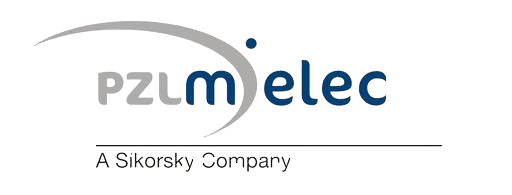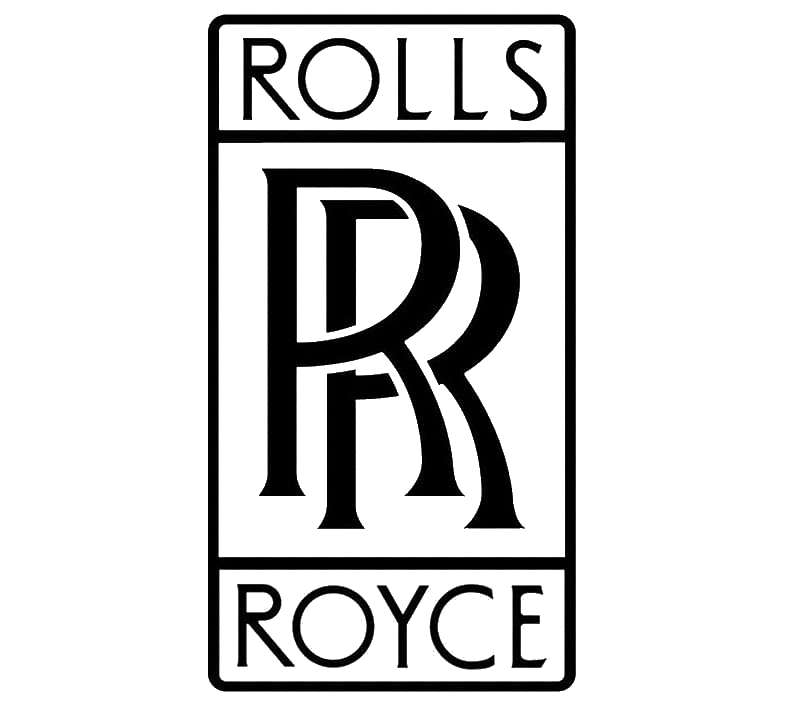.
History WSK "PZL-Mielec
PZL 24 Szpak 4T

The PZL P.24 was a Polish fighter aircraft, designed during the mid-1930s in the PZL factory in Warsaw. It was developed as a dedicated export version of the PZL P.11, a gull wing all-metal fighter designed by Polish aeronautical engineer Zygmunt Puławski.
While the P.11 had been powered with a license-built Bristol Mercury radial engine, the terms of this license did not permit PZL to export the engine as well as placing restrictions upon any aircraft that were powered by it. The French engine manufacturer Gnome-Rhône proposed the adoption of their 14K engine to PZL and offered to partially finance the development of a fighter using the engine, which would have no such export restrictions. Accordingly, during early 1932, PZL commenced work on a new derivative of the P.11, which became known as the P.24. The prototypes soon demonstrated favourable performance during testing; notably, the second P.24/II prototype, often referred to as the "Super P.24", established a new world speed record for a radial engine-powered fighter of 414 km/h. The initial production aircraft closely resembled the P.24/II configuration, albeit with some changes such as the adoption of an enclosed cockpit.
Operators



- The Bulgarian Air Force ordered 14 PZL P.24Bs in 1937–1938. Bulgaria placed a repeat order for 20 PZL P.24C, to be delivered by the end of 1938. It later ordered 26 PZL P.24Fs, 22 of which were delivered from Poland in July 1939, just before the outbreak of World War II. The remaining four, lacking propellers, were bombed in the Okecie factory in September 1939 by the Germans. The total order was 56 PZL P.24B/C/F.
- The Royal Hellenic Air Force bought 30 P.24Fs and six P.24Gs in 1936. Delivered 1937–38. All Fs eventually re-armed with 4x Colt–Browning 7.7mm MGs.
- The Royal Romanian Air Force ordered five PZL P.24E fighters in 1937 and built 25 IAR P.24E aircraft under license.[22]
- The Turkish Air Force ordered 14 P.24A and 26 P.24C, delivered by 1937. Another 20 P.24A/Cs were built under license in 1939 in Turkey at the Kayseri Aircraft Factory (Turkish: Kayseri Tayyare Fabrikası), followed by an additional 30 P.24G aircraft.
0
KmCeiling
0
KmCombat RANGE
0
Km/hAircraft Speed
0
Max Crew
Photo Gallery
WSK "PZL-Mielec
PZL 24 Szpak 4T


WSK "PZL-Mielec
PZL 24 Szpak 4T
General Info
-
-
- Crew: 1
- Length: 7.5 m (24 ft 7 in)
- Wingspan: 10.719 m (35 ft 2 in)
- Height: 2.69 m (8 ft 10 in)
- Wing area: 17.9 m2 (193 sq ft)
-
Powerplant
-
- Empty weight: 1,328 kg (2,928 lb)
- Gross weight: 1,860–1,890 kg (4,101–4,167 lb)
- Max takeoff weight: 2,000 kg (4,409 lb)
- Powerplant: 1 × Gnome-Rhône 14Kfs 14-cylinder air-cooled radial piston engine
- Propellers: 3-bladed Gnome-Rhône variable-pitch propeller
-
Performance
- Maximum speed: 410 km/h (250 mph, 220 kn) at 4,500 m (14,764 ft)
-
-
-
- 340 km/h (210 mph; at sea level
-
-
- Landing speed: 102 km/h (63 mph;
- Range: 700 km (430 mi, 380 nmi)
- Service ceiling: 9,000 m (30,000 ft)
- Time to altitude: 5,000 m in 6 minutes
- Wing loading: 105.6 kg/m2
Armament
-
P.24A
- 2 MGs
- 2 20mm cannon
- 2 x 50 kg (110 lb) bombs
P.24B, P.24C
- 4 MGs
- 4 x 12,5 kg (27,5 lb) bombs
.
Links to Youtube & Others
From 1969 onwards, a handful of TS-11s have been used by the Polish Air Force's Biało-Czerwone Iskry aerobatics display team, who performed their last display on 22 August 2021. It has also been used for aerial reconnaissance purposes.
PZL 24 Szpak 4T
The PZL TS-11 Iskra (English: Spark) is a Polish jet trainer, developed and manufactured by aircraft company PZL-Mielec.

Youtube Link
Recorded Nov. 14th 2009, I had the opportunity to fly with Dr. Wayne Clark in his PZL-WSK-Mielec TS-11 ISKRA JET











